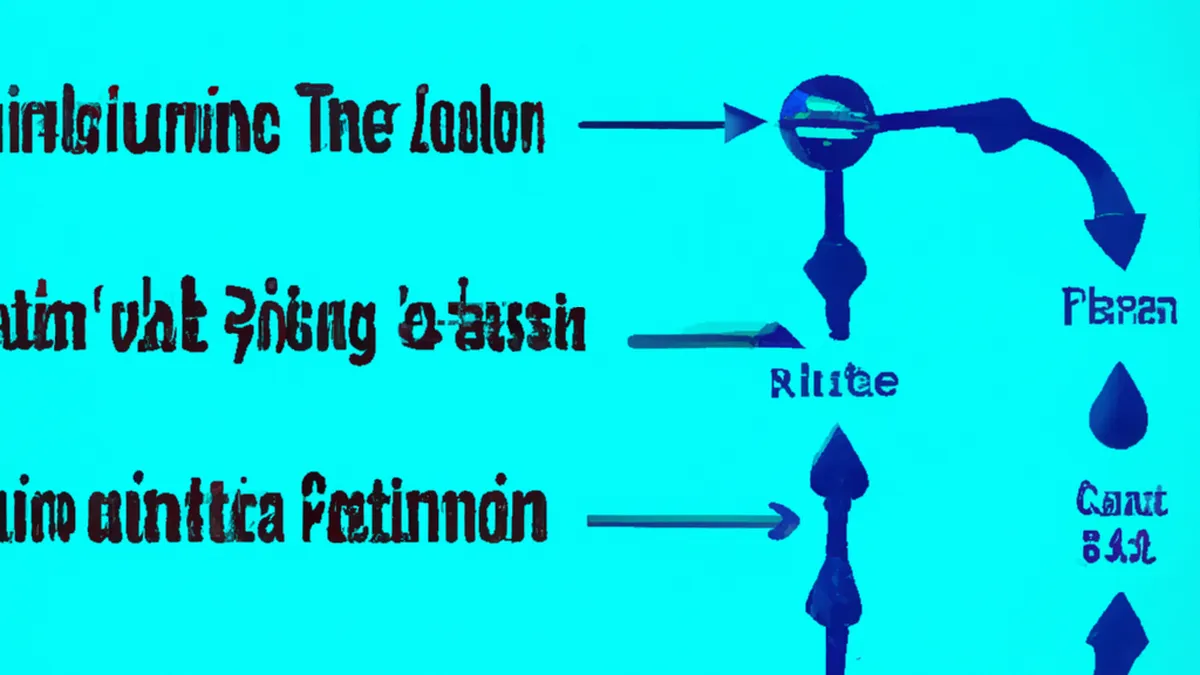Go Beyond Basics: Aquatic Running for Newbies
Structured Aquatic Running Workout for Beginners
Aquatic running builds endurance and strength while providing a low-impact alternative to traditional running. This workout improves cardiovascular fitness and reduces injury risk. In this post, we’ll outline an aquatic running workout for beginners, highlight its benefits, and offer tips for a great experience.
Understanding Aquatic Running
Aquatic running, or water running, involves running in water while maintaining a natural form. You can perform this exercise in a pool or shallow water. It suits beginners and those recovering from injuries. Water buoyancy supports your body, reduces joint stress, and helps you focus on form and endurance.
Benefits of Aquatic Running
1. **Low-Impact Exercise**: Aquatic running cushions your movements, lowering the risk of impact injuries. It suits individuals with joint issues or those in rehabilitation.
2. **Improved Cardiovascular Health**: Running in water elevates your heart rate and enhances cardiovascular fitness. Water resistance makes your heart work harder, improving circulation.
3. **Muscle Strengthening**: Water offers natural resistance, helping you build and tone muscles. You engage more muscle fibers, promoting strength and endurance.
4. **Enhanced Flexibility**: Water buoyancy increases your joints’ range of motion. Improved flexibility aids overall fitness and prevents injuries.
Structuring Your Aquatic Running Workout
An effective aquatic running workout includes a warm-up, main workout, and cool-down. Here’s how to structure each segment:
Warm-Up
Begin with a 5-10 minute warm-up. Prepare your muscles and joints for exercise. Perform dynamic stretches or light jogging in the water. Engage your arms, legs, and core with movements like high knees, butt kicks, and arm circles.
Main Workout
After warming up, start the main workout. Beginners should aim for a 20-30 minute duration. Follow this simple structure:
1. **Interval Training**: This method builds endurance and boosts cardiovascular fitness. Alternate between high-intensity bursts and lower-intensity recovery periods. For example, run fast for 30 seconds, then slow down for 1 minute. Repeat this cycle for 10-15 minutes. Adjust intervals based on your fitness level, starting with shorter high-intensity bursts.
Conclusion
Aquatic running offers a safe, effective workout for beginners. Enjoy the benefits while improving your fitness.
Below are related products based on this post:
FAQ
What is aquatic running and how does it differ from traditional running?
Aquatic running, or water running, involves running in water while maintaining a natural form. Unlike traditional running, it provides a low-impact alternative that reduces joint stress and allows individuals to focus on endurance and form. It’s particularly suitable for beginners and those recovering from injuries.
What are the benefits of incorporating aquatic running into my fitness routine?
Aquatic running offers several benefits, including low-impact exercise that minimizes the risk of injury, improved cardiovascular health through increased heart rate and circulation, muscle strengthening due to water resistance, and enhanced flexibility as buoyancy allows for a greater range of motion in the joints.
How should I structure an aquatic running workout as a beginner?
As a beginner, structure your aquatic running workout into three segments: a 5-10 minute warm-up with dynamic stretches or light jogging, a main workout lasting 20-30 minutes focused on interval training (alternating high-intensity bursts with lower-intensity recovery periods), and a cool-down to help your body recover.















Post Comment